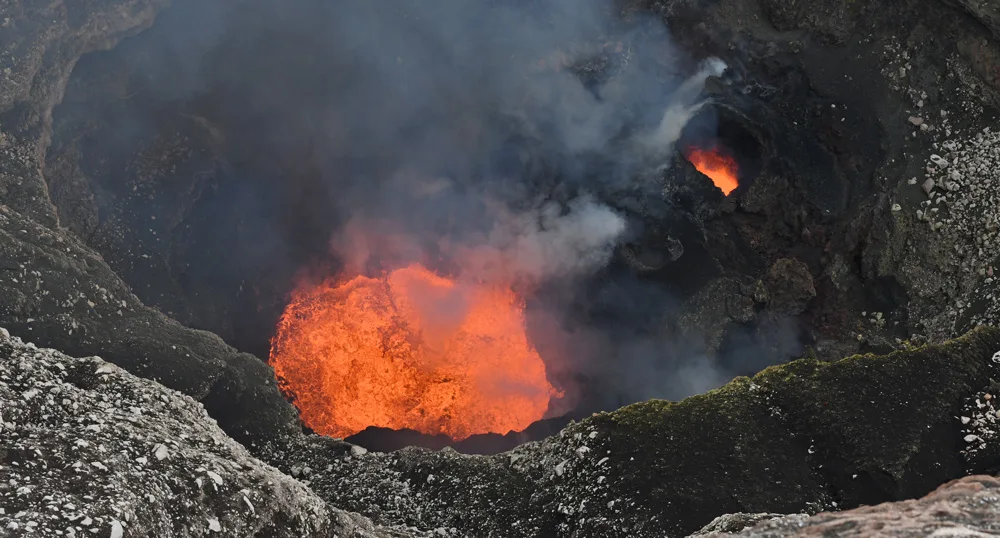
At the edge of a violent lava lake: Photos
Storm-Hunters star and meteorologist, Mark Robinson, shares photos from the edge of a violently boiling lava lake.
Some people dream of winning the lottery or living on a tropical island; mine is to get as close to molten lava as I can. You know, the innards of our planet as it boils out onto the crust of the earth.
In the South Pacific island nation of Vanuatu, lies one of the few places on the planet where a lake of molten rock is accessible as long as you’re good with dropping about 500 metres down the side of an unstable volcanic crater (think constant falling rocks) as acid rain pours down on you and lethal volcanic gases spew up from below.
In 2017, I travelled across almost half the planet to meet up with my buddy, George Kourounis, to live out my dream of getting up close to one of the most incredible sights on earth, the lava lake of Ambrym Volcano.
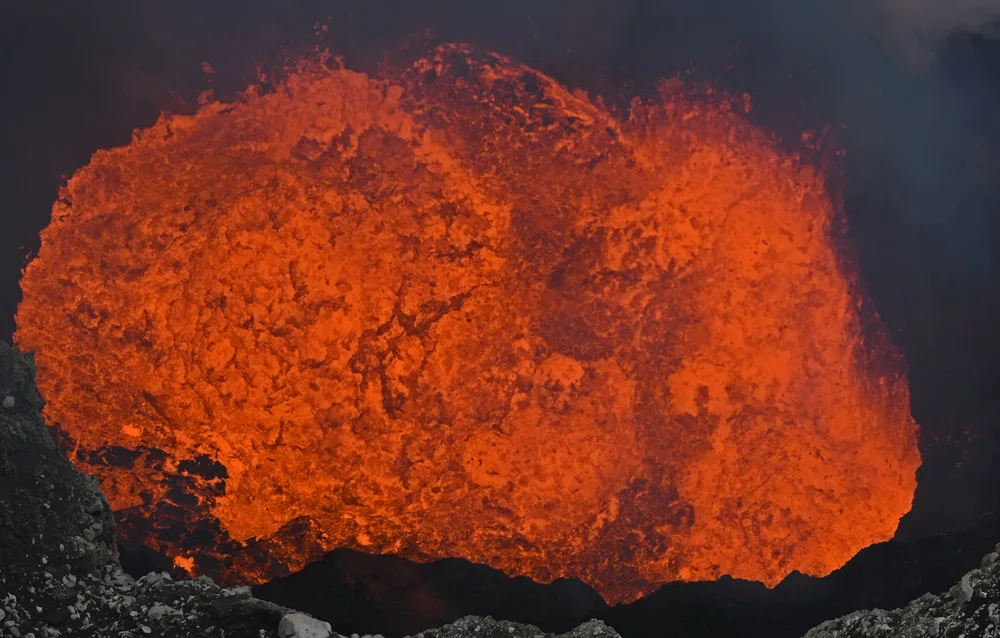
The boiling lava lake of the Ambrym volcano is only one of a few persistent ones on the planet. The others are found in Antarctica, Hawaii, the Democratic Republic of Congo, Ethiopia, Nicaragua, and the South Sandwich Islands.
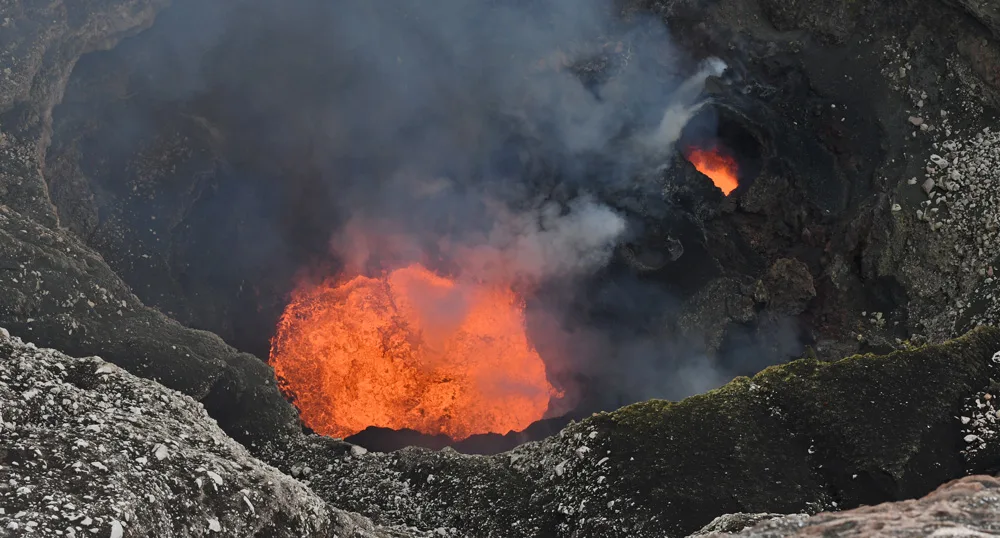
Nothing is easy when it comes to exploring the lava lake of Ambrym. Just getting to the campsite at the edge of the crater meant an 8-hour hike up the side of the mountain in 30-degree Celsius heat. And once there, getting down to the edge of the molten rock pool was a simple drop down the edge of a 500-metre sheer cliff.
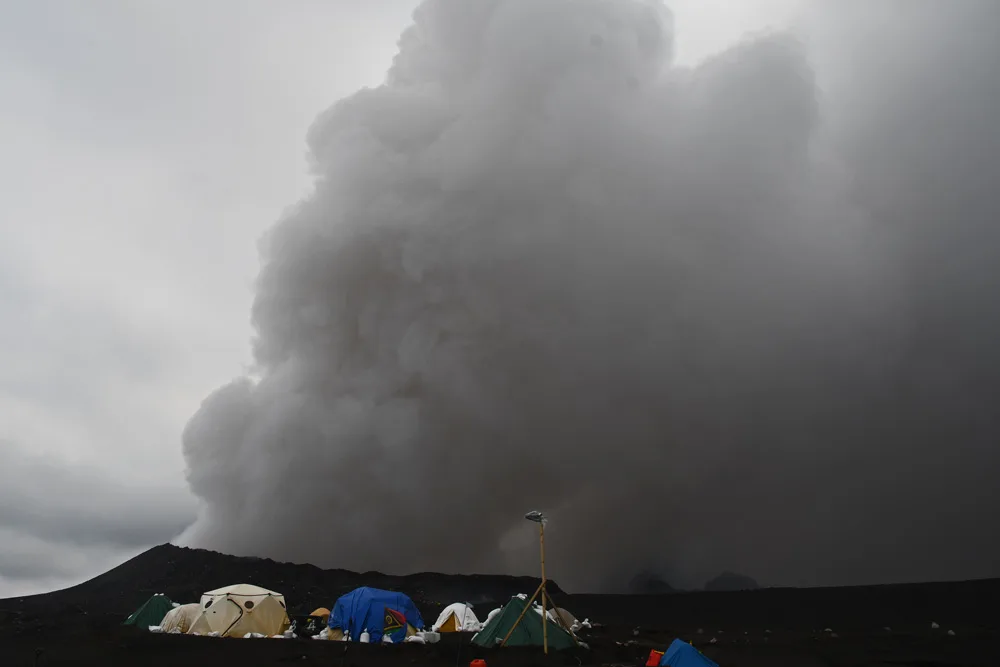
Our campsite was erected at the edge of the vast crater at the centre of Ambrym’s massive caldera. It also meant that the site was rocked by near constant eruptions of gas and ash.
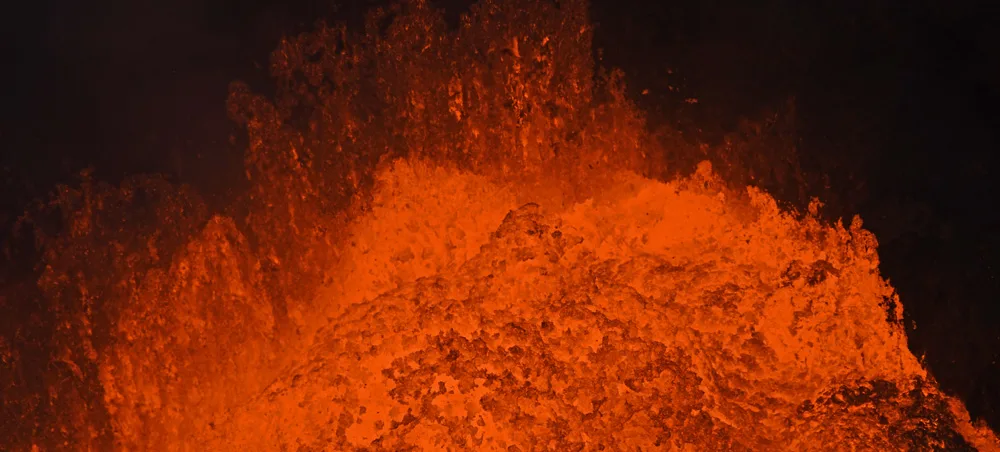
Climbing down inside the crater to the edge of the lava lake was an experience I will not forget, but the truly amazing part was the close up views of the boiling rock. And yes, I could feel the heat; so much so that a heat resistant suit was critical to be able to film the lava.
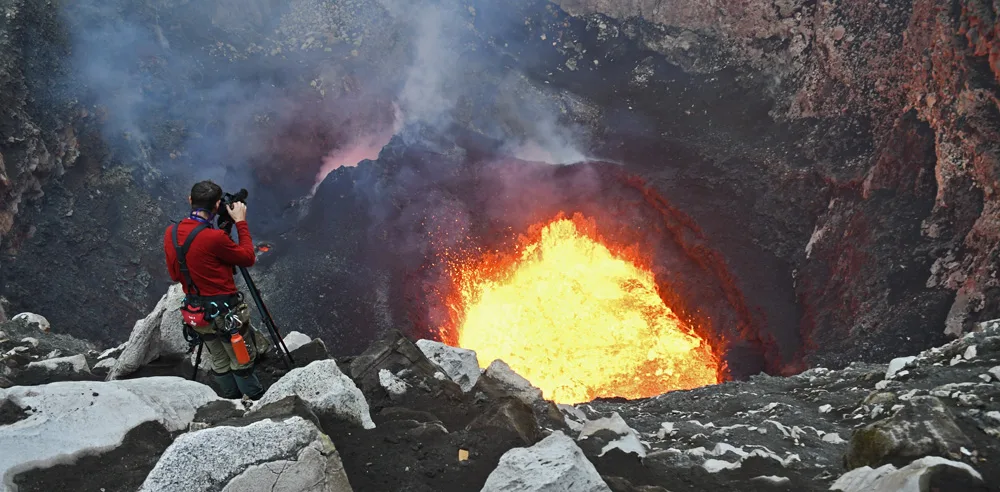
My life was in the hands of George Kourounis, an experienced adventurer (and one of my best friends) as he had the task of getting me down to the bottom of the crater safely (which he accomplished nicely). What’s difficult to see in the photo above is that the two of us are standing on a near 45 degree slope. One slip and you’re doing a swan dive into molten rock.
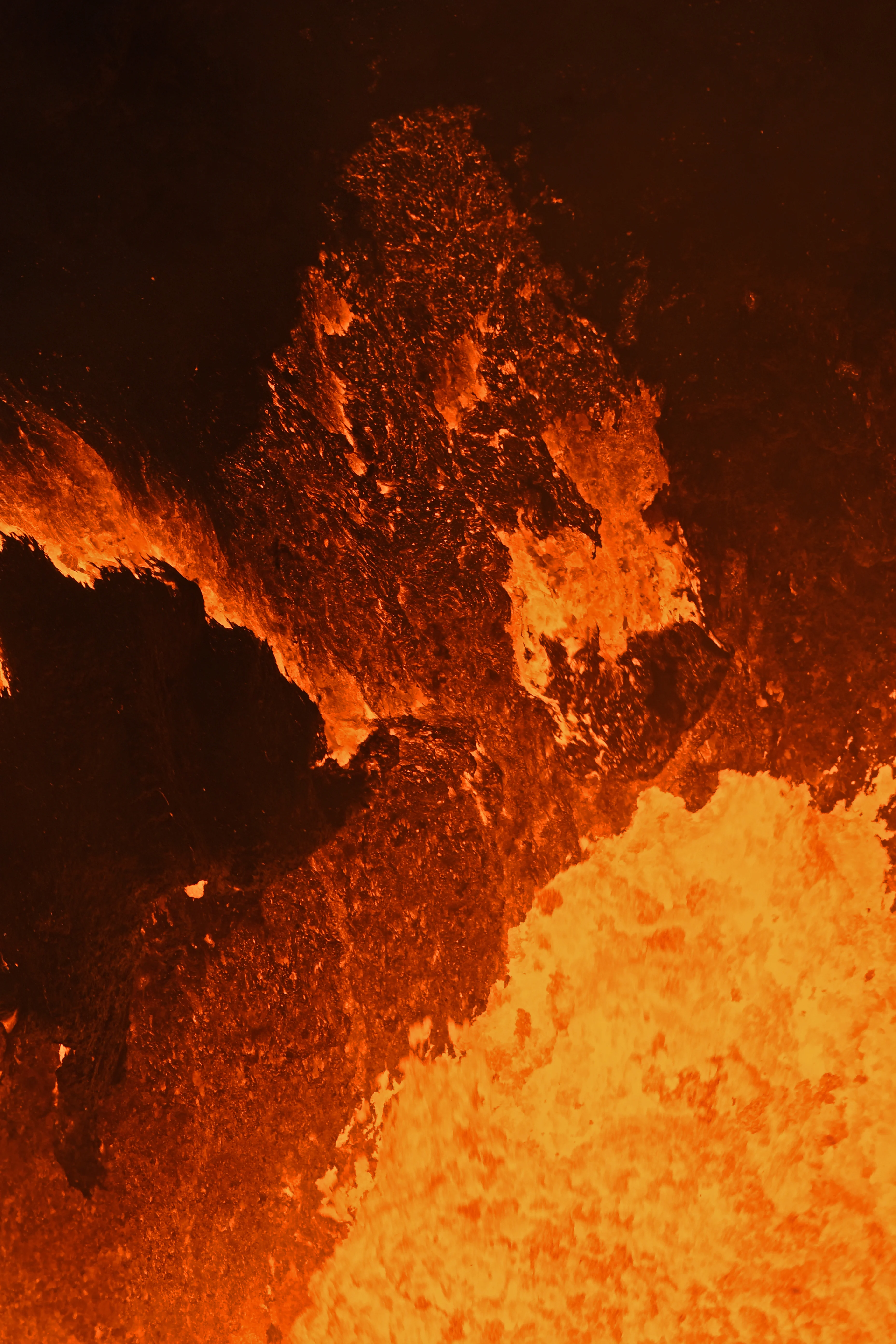
The constant boiling of the lava occurs as gasses are released deep in the magma chamber below the crater. Those escaping gases throw the lava into a roiling boil of molten rock that constantly splashed up against the side of the cooler rock that makes up the edge of the pit.
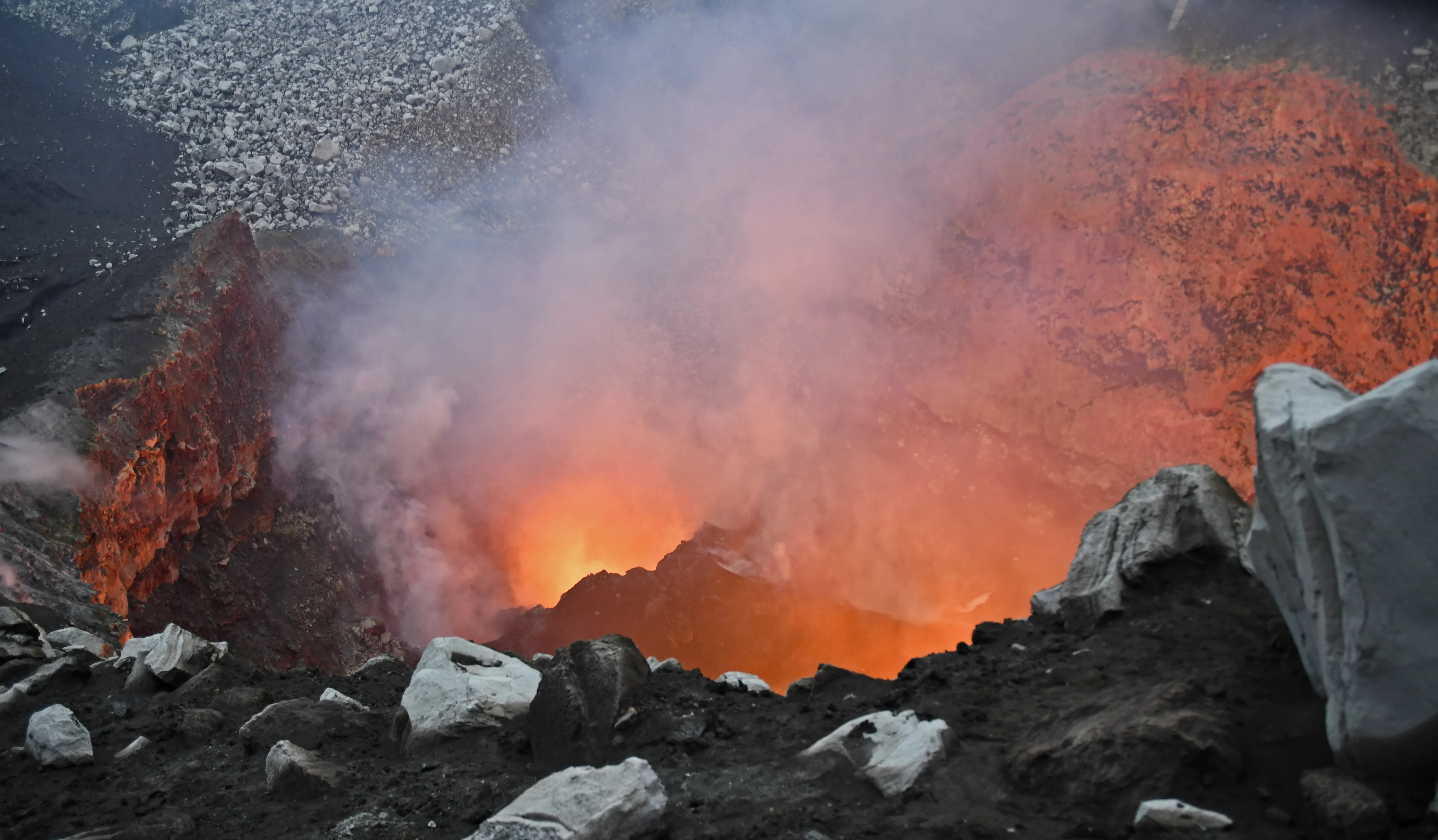
The pit at the centre of the crater on Ambrym is one of the most hostile places to life I’ve ever been. The landscape changes so often that the lava lake can look completely different from one year to another. In fact, this is the last picture of the lava lake as it was before 2018. That year, a massive lava fountain drained the magma chamber and the crater was buried under megatons of rock as part of the mountain collapsed into the empty chamber.
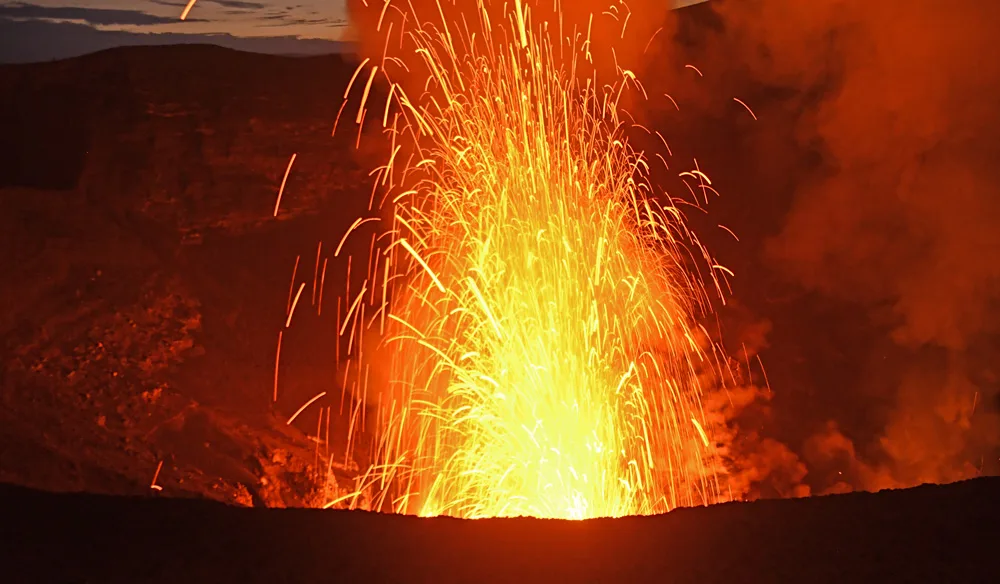
Yasur Volcano on the island of Tanna in Vanuatu (shown above) is very different than Ambrym Volcano. Where Ambrym's eruption is just a boiling lava lake, Yasur's eruption is regualr, violent detonations. This is known as a Strombolian eruption.
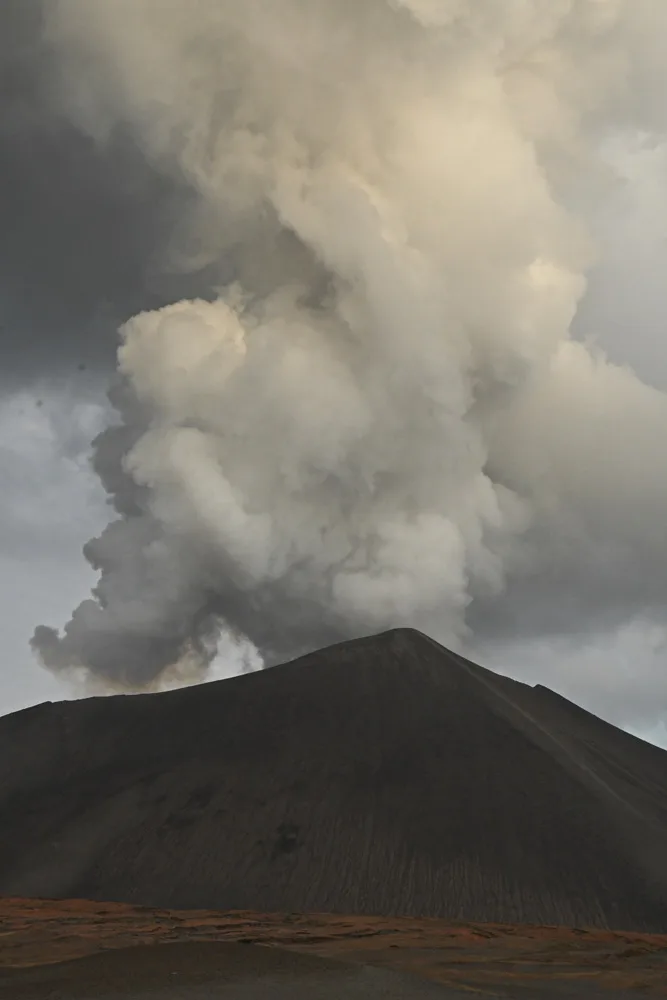
Yasur has been erupting on a continuous basis since at least the 1700's and the spattering nature of the eruption has built up a cone about 400 m high. The Vanuatu government maintains a 395m exclusion zone around the vents due to the danger of flying lava bombs.
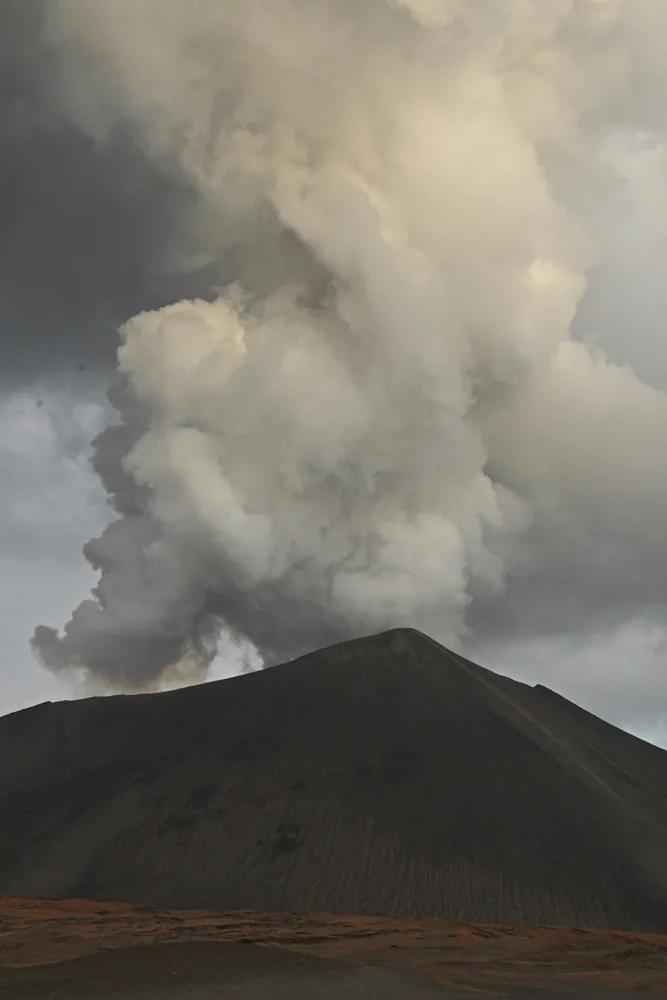
Despite the danger of Yasur volcano, it is a major tourist attraction in Vanuatu. It's very easy to access; just drive across an ash plain (that used to be a lake), head up a small road and end in a parking lot. There's even a set of stairs and a path that leads around the crater. It's far, far easier to get to than the summit of Ambrym.
Tune in to full episodes of STORM-HUNTERS on The Weather Network, Sunday at 7pm and 10pm ET & PT.
STORM-HUNTERS LAKE OF FIRE: PART 2
*All photos provided by Mark Robinson*©











